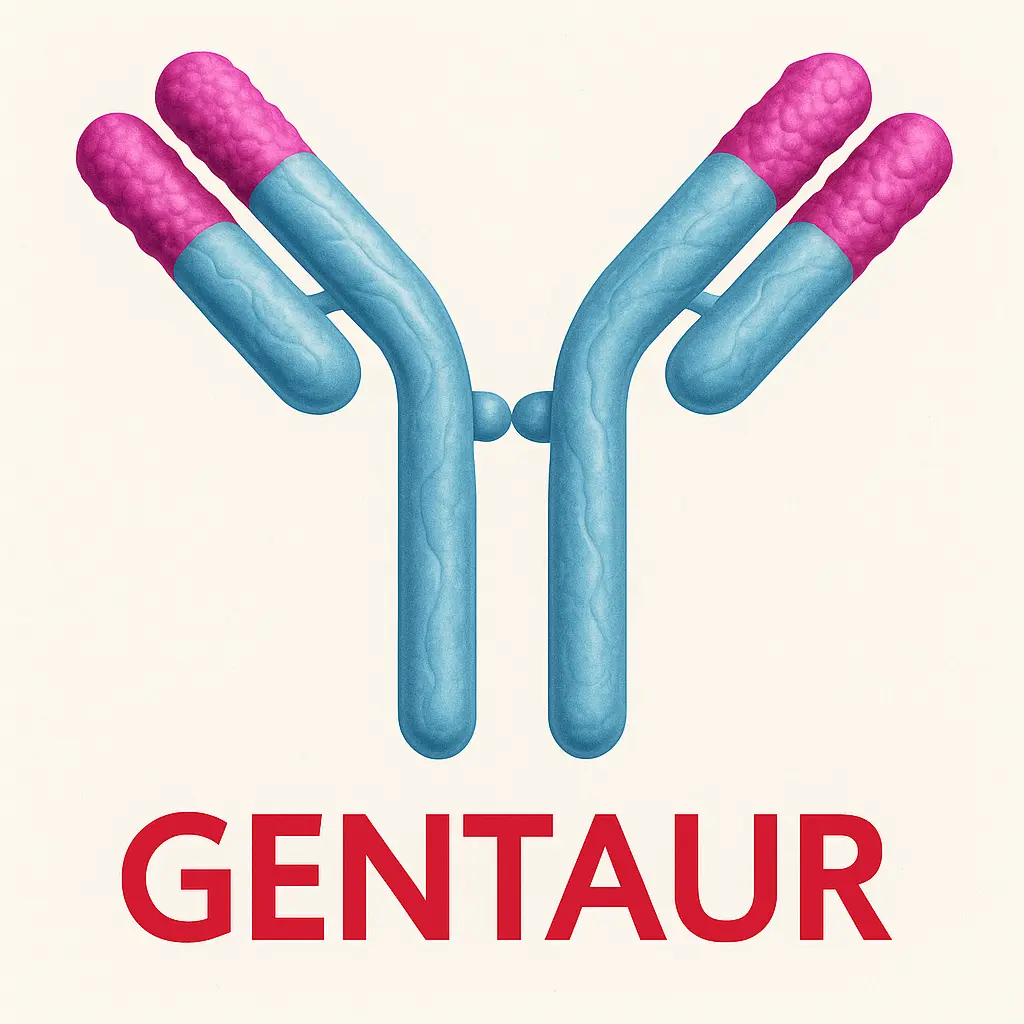ELISA DAPK1 anti-
Quantity:100µg
Purification:Immunogen affinity purified
Form:liquid
Purity:?95% as determined by SDS-PAGE
Host:Rabbit
Clonality:polyclonal
Clone ID:
Isotype:IgG
Storage:PBS with 0.02% sodium azide and 50% glycerol pH 7.3,-20? for 12 months(Avoid repeated freeze / thaw cycles.)
Background:Calcium/calmodµLin-dependent serine/threonine kinase involved in mµLtiple cellµLar signaling pathways that trigger cell survival, apoptosis, and autophagy. RegµLates both type I apoptotic and type II autophagic cell deaths signal, depending on the cellµLar setting. The former is caspase-dependent, while the latter is caspase-independent and is characterized by the accumµLation of autophagic vesicles. Phosphorylates PIN1 resµLting in inhibition of its catalytic activity, nuclear localization, and cellµLar function. Phosphorylates TPM1, enhancing stress fiber formation in endothelial cells. Phosphorylates STX1A and significantly decreases its binding to STXBP1. Phosphorylates PRKD1 and regµLates JNK signaling by binding and activating PRKD1 under oxidative stress. Phosphorylates BECN1, reducing its interaction with BCL2 and BCL2L1 and promoting the induction of autophagy. Phosphorylates TSC2, disrupting the TSC1-TSC2 complex and stimµLating mTORC1 activity in a growth factor-dependent pathway. Phosphorylates RPS6, MYL9 and DAPK3. Acts as a signaling amplifier of NMDA receptors at extrasynaptic sites for mediating brain damage in stroke. Cerebral ischemia recruits DAPK1 into the NMDA receptor complex and it phosphorylates GRINB at Ser-1303 inducing injurious Ca(2+) influx throµgh NMDA receptor channels, resµLting in an irreversible neuronal death. Required together with DAPK3 for phosphorylation of RPL13A upon interferon-gamma activation which is causing RPL13A involvement in transcript-selective translation inhibition. Isoform 2 cannot induce apoptosis but can induce membrane blebbing.
Immunogen:death-associated protein kinase 1
Synonyms:DAPK
Observed MW:140-160 kDa
Uniprot ID:P53355
Reactivity:, Mouse
Tested Application:ELISA, WB, IHC
Recommended dilution:WB: 1:500 - 1:2000; IHC: 1:50 - 1:200
Gene ID:1612
Research Area:Signal Transduction, Metabolism
Our latest content
Check out what's new in our company !
Your Dynamic Snippet will be displayed here... This message is displayed because you did not provide both a filter and a template to use.

